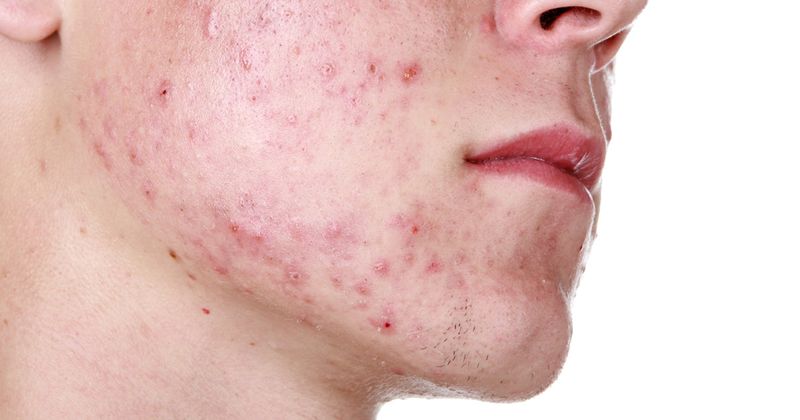Benzoyl peroxide, retinol combination improves acne, quality of life
The combination of a morning low-dose benzoyl peroxide and an evening stabilized form of retinol was effective and well tolerated in adolescents and young adults with mild to moderate acne, according to a study.
“The combination of [benzoyl peroxide] and a topical retinoid is recommended by the American Academy of Dermatologists as a first-line treatment option for both mild to moderate acne and severe acne when used with concomitant systemic antibiotics,” Gabrielle Kosmoski, of Johnson & Johnson Consumer Inc., and colleagues wrote. “The objective of the present study was to evaluate the efficacy of a daily regimen comprised of a mild cleanser used twice daily, topical application of a low-dose (2.5%) [benzoyl peroxide] acne treatment in the morning and a retinol treatment in the evening.”

The 12-week evaluator-blinded, randomized, multicenter study included 38 participants aged 12 to 30 years old with mild to moderate facial acne; 57.9% of study participants were female, 42.1% were male, 39.5% were white, 26.3% were multiracial, 13.2% were Asian, 10.5% were Black/African American, and 10.5% were Hispanic/Latino. Thirty-three participants completed the study.
Baseline evaluations included IGA of acne, acne count, global grading of efficacy-related facial parameters and cutaneous tolerability evaluation, and participants completed self-assessment questionnaires. These parameters were reevaluated at various time points throughout the study.
There was a 54% reduction in global lesions from baseline to week 12 (P < .05), with steadily decreasing lesions at all time points. Inflammatory and noninflammatory acne lesions displayed significant improvements at all time points with the exception of week 1 for noninflammatory lesions. IGA also showed significant improvements from baseline at all time points.
At weeks 2, 4, 6, 8, 10 and 12, clinical grading scores revealed improvements in all efficacy parameters including overall redness of inflammatory lesions, overall size of inflammatory lesions, tactile surface roughness, uneven skin tone, skin blotchiness and lack of skin clarity.
The self-assessments showed significant improvement at week 12 for the appearance, number, size, severity and redness of pimples, oiliness, shininess, dryness and overall skin appearance; skin smoothness and flakiness of skin did not show a significant improvement. Participants reported significant improvements in mood, psychological and social domains as a result of the treatment
None of the participants reported product-related adverse events.
“The beneficial effects of the study regimen on quality of life as measured across mood, psychological and social domains at week 12 are particularly noteworthy,” Kosmoski and colleagues wrote. “The impact of effective acne treatment may, for some patients, be life-altering.”
